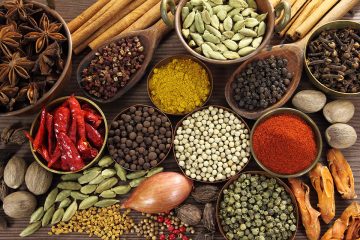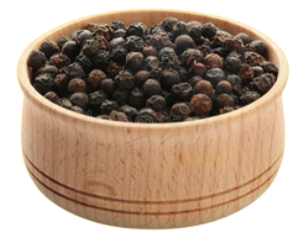
BLACK PEPPER IN VIETNAM
Even though the new crop has been going through harvest in Vietnam since the first week of January, the pepper price still climbed by around 1%. China’s demand remains modest, with only roughly 500 tons imported from Vietnam in January. As China pursues a zero-covid policy, all trade and transit between Vietnam and China has been halted. However, in the second half of February after Chinese new year, the border is likely to reopen. China’s demand is expected to rise dramatically in the near future.
With the present raw material prices, some farmers are eager to continue fertilizing and replanting their plants. However, due to continually rising expenses (fertilizer costs, land costs, labour costs, financial costs, many farmers are still hesitant to plant additional plantations.
In recent years, the price of land in Vietnam has skyrocketed, particularly in pepper-growing areas. In many regions, the three- to sixfold increase in a short period of time has caused many farmers to sell their plantations or change land use goals and neglect pepper gardens. This is projected to have an impact on crop area and yield this year, as well as the next crop in 2023.
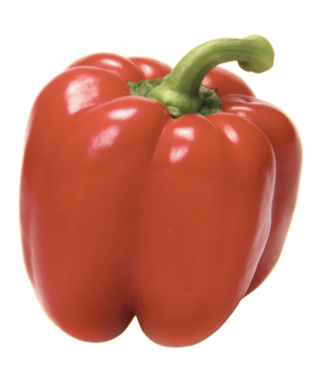
WORLDWIDE BELL PEPPER OUTLOOK
Bell pepper output has been harmed in numerous nations due to a chilly and dark start to the year. Because of the high energy prices in the Netherlands and Belgium, many producers have chosen not to combat the cold spell, causing the harvest to be postponed by a few weeks. Lower temperatures in November predicted a drop in output for next month in Spain, but despite the slowdown, the picture in Israel is more encouraging, with production expected to increase up again when temperatures rise.
Due to delayed planting and poor growing weather, production in the Netherlands and Belgium has declined. The farmers are reporting a few weeks-late harvest. As a result, it’s possible that bell peppers will be scarce in spring. March has always been a challenging month for bell pepper availability, and this year could be even worse.
So far, the supply of bell pepper from Spain has been of good quality due to consistent cold weather. The local market in Spain has been flooded by Spanish peppers, with Turkish and Moroccan products supplementing the supply. Because of the high supply, and good demand, the prices have increased a little.
This year’s bell pepper market in Israel is challenging, but it appears to be of an excellent quality. Today, the majority of Israeli bell peppers are sold to Russia, with some minor volumes going to the United Kingdom, Eastern Europe, the United States and Canada. This season’s crop output appears to be high.
In mid-March, peppers from Honduras, El Salvador, and the Dominican Republic will begin production.
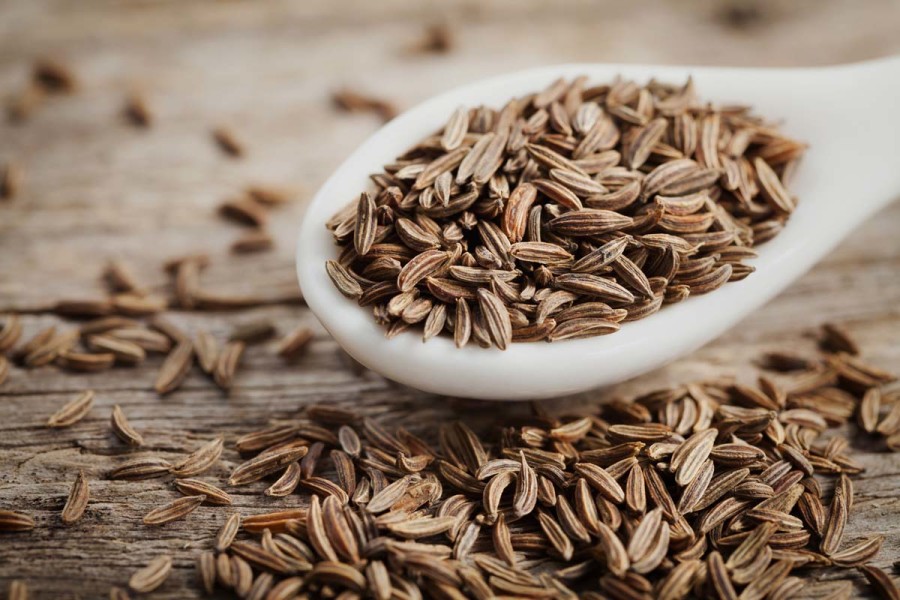
INDIA’S CUMIN EXPORTS DECREASE AMID LOWER PRODUCTION AND HIGHER DOMESTIC DEMAND
Indian cumin exports have slipped recently, breaking a 5-year series of growth. Country’s traders shipped 217,611 tonnes in January-November 2021, down 8.5% YoY. Despite a substantial decrease, the country’s traders remained optimistic, as it is still the second-largest shipment amount of the spice. The reasons behind the downtrend are a fall in domestic output, steeper national consumption, and COVID-19 lockdowns in the major importing countries. India’s export may further plunge in 2022 amid negative crop prospects. The latter has caused local farmgate prices to jump by 12% over the past month to USD2,440/MT on January 25, 2022.
The 2022 cumin crop, the harvesting of which is about to kick off in February, does not look promising either as farmers have continued cutting sowing areas under the crop. However, the reductions have been more significant this year than in the previous season. Farmers have ramped up the mustard area owing to soaring oilseed prices in India. From January 2020 to December 2021, prices doubled USD530/MT to USD1,070/MT. The crop is less sensitive to weather changes than cumin, so smaller farmers find it less risky and more profitable.
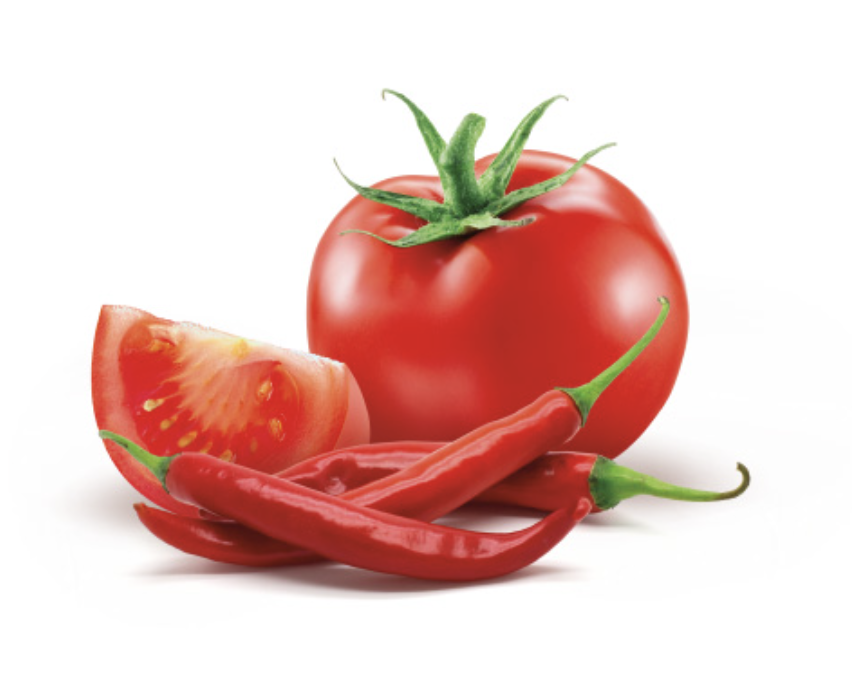
AMERICA AND CANADA HAVE BECOME NEW MARKETS FOR TURKISH TOMATOES AND PEPPERS
Compared to the previous year, the increase in fruit and vegetable exports in Turkey has been good for farmers and producers. Turkey mainly exports to Russia, European and Middle Eastern countries, but the current new targets for the Turkish farmer are the American and Canadian markets. There is a high demand from America and Canada, especially for tomatoes and peppers.
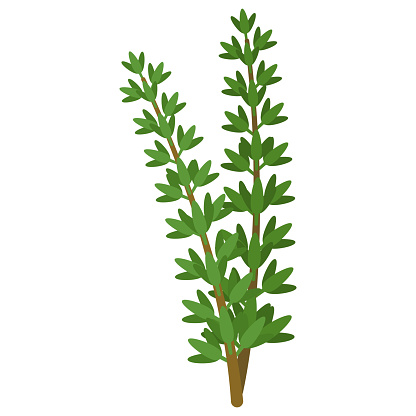
TURKEY MEETS 80% OF GLOBAL DEMAND FOR THYME
Thyme became the highest demand product among medicinal and aromatic products, with export volume increasing by 13% in 2020 compared to the previous year. As a result, Turkey earned USD 60 million by thyme export. With the influence of the pandemic, the demand for thyme has increased even more worldwide. The export value is expected to reach USD 150 million with an increase in producing areas in the coming years.
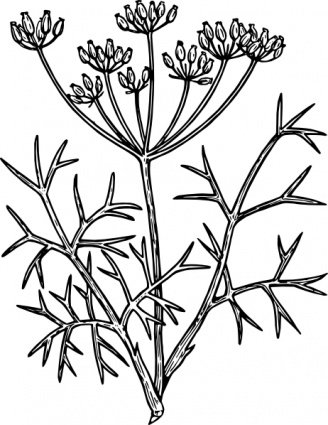
FENNEL SCARCITY IN ITALY
Fennel is scarce in Italy and its price is sky-high. Unfavourable weather conditions, the drop in crop yields and the reduction of acreage in some growing areas have led to an increase in fennel prices in Italy. Several cultivation areas in the south of Italy suffered from excessive rainfall in the autumn months, which slowed down the phenological development of the plants. Several plots with early varieties that are normally harvested after about 100/110 days are behind schedule. The size is also irregular and there are mostly medium to small sized tubers. And now local frosts can further reduce availability.

SHORTAGE OF FRESH CARROTS IN AUSTRAILA
Labour falls short and shipping is delayed in Australia. Covid-19 cases cause increased isolation rates and shipping lines to redirect their ships to other lanes. This situation puts stress on an already tight supply situation for carrot producers. As the season comes to end in some farming areas in the Western Australia, supply volume will tighten. Prices are expected to increase.
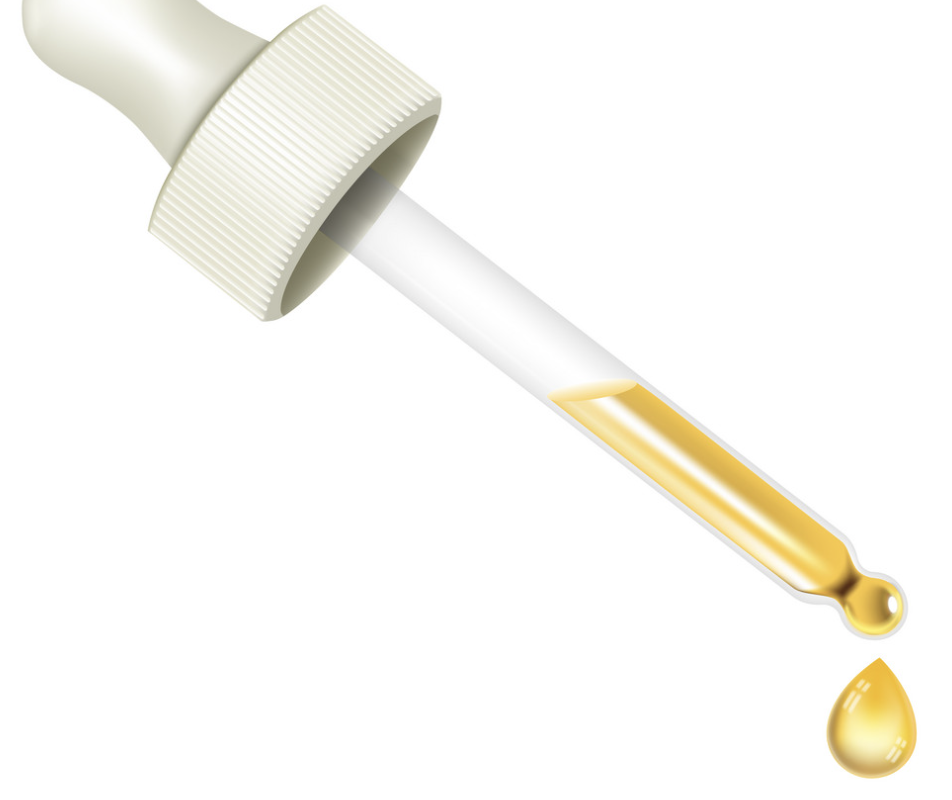
ESSENTIAL OILS ON THE RISE IN GUATEMALA
Guatemala is to begin mass producing herb and spice based essential oils. Guatemala has microclimates that allow the cultivation of a wide variety of plant species with conditions that generate continuous production cycles and make the country a producer of plant-based raw materials.
The Agricultural Sector and the Market Development and Commercial Promotion Department, both of AGEXPORT, identified 19 essential oils with high demand through a market study. Some of these essential oils are Basil, Citronella, Eucalyptus, Geranium, Ginger, Lavender, Chamomile, Marjoram, Cardamom, among others.
Guatemala intends on mass producing these oils for export soon.

POTENTIAL SANCTIONS UPON RUSSIA BY THE UNITED STATES
The most punishing sanctions that U.S. officials have threatened to impose on Russia could cause severe inflation, a stock market crash, and other forms of financial panic, according to US officials.
U.S. officials vow to unleash searing economic measures if Russia invades Ukraine. These include sanctions on its largest banks and financial institutions, in ways that would affect daily life in Russia. (We believe is extremely unlikely and is simply an issue of media sensationalism)
We hope this situation can be resolved quickly, as otherwise there will be negative implications on trade, supply chains, exchange rates and demand in the food and ingredients industry
Fortunately, at World Food & Ingredients, we have a diverse network of suppliers; meaning that we are equipped to deal with economic situations like these to ensure that our buyers are able to have access to and receive high quality goods and fair prices. The main advantage of having suppliers across the globe is that we can mitigate the effects, to the best of our ability, that negative political environments can have on the food ingredients industry.
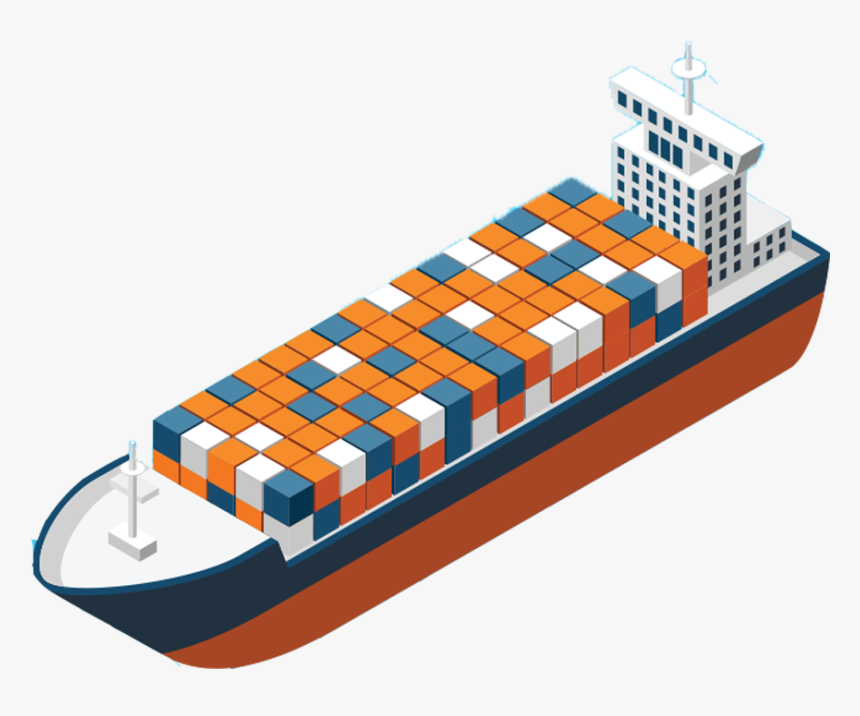
SEA FREIGHT FORECAST FOR 2022
Judging by the market expectations for 2022 alone, the container market demand and supply balance seems stable until mid-2022. It believed that container freight rates will drop by 30-40 percent. With the impact of COVID-19 mitigated, container freight levels will still be well above historic levels by 2022.

